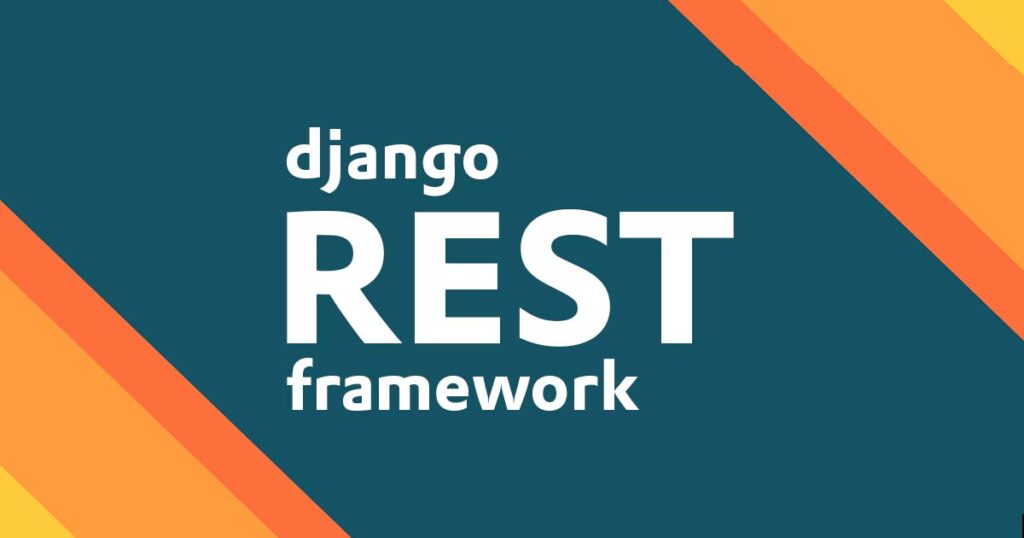
JSONRenderer is a built-in renderer in Django Rest Framework that serializes data into JSON format. It is responsible for formatting the response data returned by a view or a serializer into a JSON representation that can be sent back to the client.
To use JSONRenderer, you need to specify it as a default renderer for your API views. This can be done by adding it to the DEFAULT_RENDERER_CLASSES list in your settings.py file:
REST_FRAMEWORK = {
'DEFAULT_RENDERER_CLASSES': [
'rest_framework.renderers.JSONRenderer',
]
}
Once you have added JSONRenderer to the default renderer classes, it will be used to format the response data in all your API views. You can also use it explicitly in your views or serializers by importing it and calling it directly:
javascriptCopy codefrom rest_framework.renderers import JSONRenderer
data = {'message': 'Hello, World!'}
json_data = JSONRenderer().render(data)
This will return a JSON-encoded representation of the data dictionary.
JSONRenderer also provides options for controlling the formatting of the output, such as specifying the indentation level or excluding certain fields from the output. You can pass these options to the renderer constructor as keyword arguments. For example, to set the indentation level to 4 spaces, you can use:
scssCopy codejson_data = JSONRenderer(indent=4).render(data)
Overall, JSONRenderer is a powerful and flexible tool that makes it easy to serialize data into JSON format in Django Rest Framework.
A Simple Project on JSONRenderer in Django Rest FrameWork
Here is an example of a simple project that uses JSONRenderer in Django Rest Framework:
- First, create a new Django project and install Django Rest Framework:
$ django-admin startproject myproject
$ cd myproject
$ pip install djangorestframework
- Next, create a new Django app called
myapp:
$ python manage.py startapp myapp
- Open
myproject/settings.pyand add ‘rest_framework’ to your INSTALLED_APPS:
INSTALLED_APPS = [ ... 'rest_framework', 'myapp', ...]
- Create a new view in
myapp/views.pythat returns a simple dictionary:
from rest_framework.views import APIView
from rest_framework.response import Response
class HelloWorldView(APIView):
def get(self, request):
data = {'message': 'Hello, World!'}
return Response(data)
- Open
myproject/urls.pyand add a URL pattern for the new view:
from django.urls import path
from myapp.views import HelloWorldView
urlpatterns = [
path('hello/', HelloWorldView.as_view(), name='hello-world'),
]
- Finally, open
myproject/settings.pyagain and add ‘rest_framework.renderers.JSONRenderer’ to your DEFAULT_RENDERER_CLASSES:
REST_FRAMEWORK = {
'DEFAULT_RENDERER_CLASSES': [
'rest_framework.renderers.JSONRenderer',
]
}
- Start the development server and test the new API:
$ python manage.py runserver
Navigate to http://localhost:8000/hello/ in your web browser, and you should see the following JSON output:
{
"message": "Hello, World!"
}
That’s it! This is a simple example of how to use JSONRenderer in Django Rest Framework to serialize data into JSON format. You can customize the output format by passing options to the renderer constructor, as I explained in my previous answer.